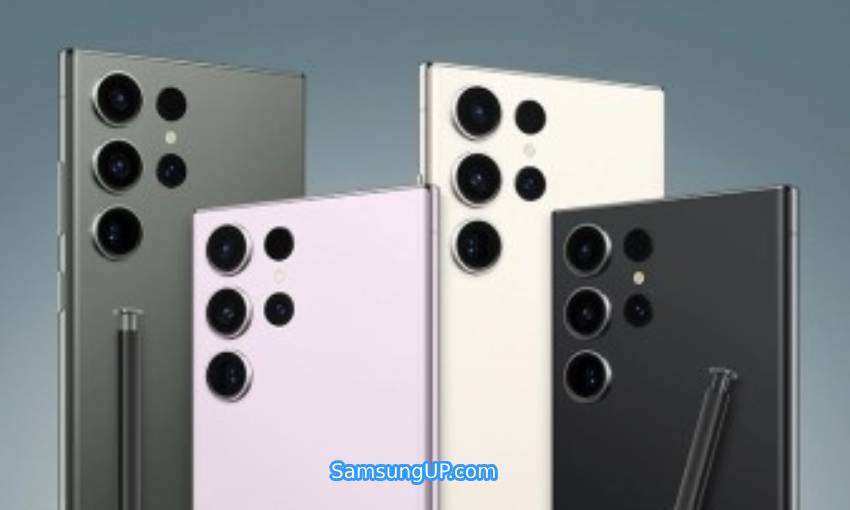In a groundbreaking move, Samsung is taking the gaming experience to new heights with its in-house Samsung raytracing technology and AI-powered upsampling technologies for Exynos processors. Reports suggest that the Samsung Advanced Institute of Technology (SAIT) is actively developing Neural Ray Reconstruction and Neural Super Sampling, set to debut on Exynos chips after 2025. This development positions Samsung as a major player in the gaming tech arena.
The star of the show is Samsung’s claimed superiority over AMD and Nvidia in raytracing capabilities. Unlike its competitors, Samsung raytracing technology extends to all parts of a scene, offering a comprehensive and immersive gaming experience. To tackle the processing power demands of raytracing, Samsung utilizes its Neural Processing Unit (NPU) for raytracing-related calculations and employs an AI-powered super-sampling method (Neural Super Sampling). This technique, akin to AMD’s FSR and Nvidia’s DLSS, renders frames at a lower resolution, upscaling them to higher quality, thereby reducing the strain on the chipset. The added touch of antialiasing ensures smooth edges for enhanced video frame quality.
While an official announcement is pending, industry enthusiasts are eagerly anticipating the incorporation of these cutting-edge technologies in Samsung’s future Galaxy smartphones. The Galaxy S24, set to launch in mid-January 2024, marks Samsung’s foray into AI Phones, featuring a chipset (Exynos 2400 or Snapdragon 8 Gen 3) equipped with a potent NPU. This NPU not only facilitates on-device AI processing but also sets the groundwork for future advancements in raytracing and upsampling tasks. Samsung’s commitment to innovation is evident as it strives to redefine the gaming landscape on mobile devices.



